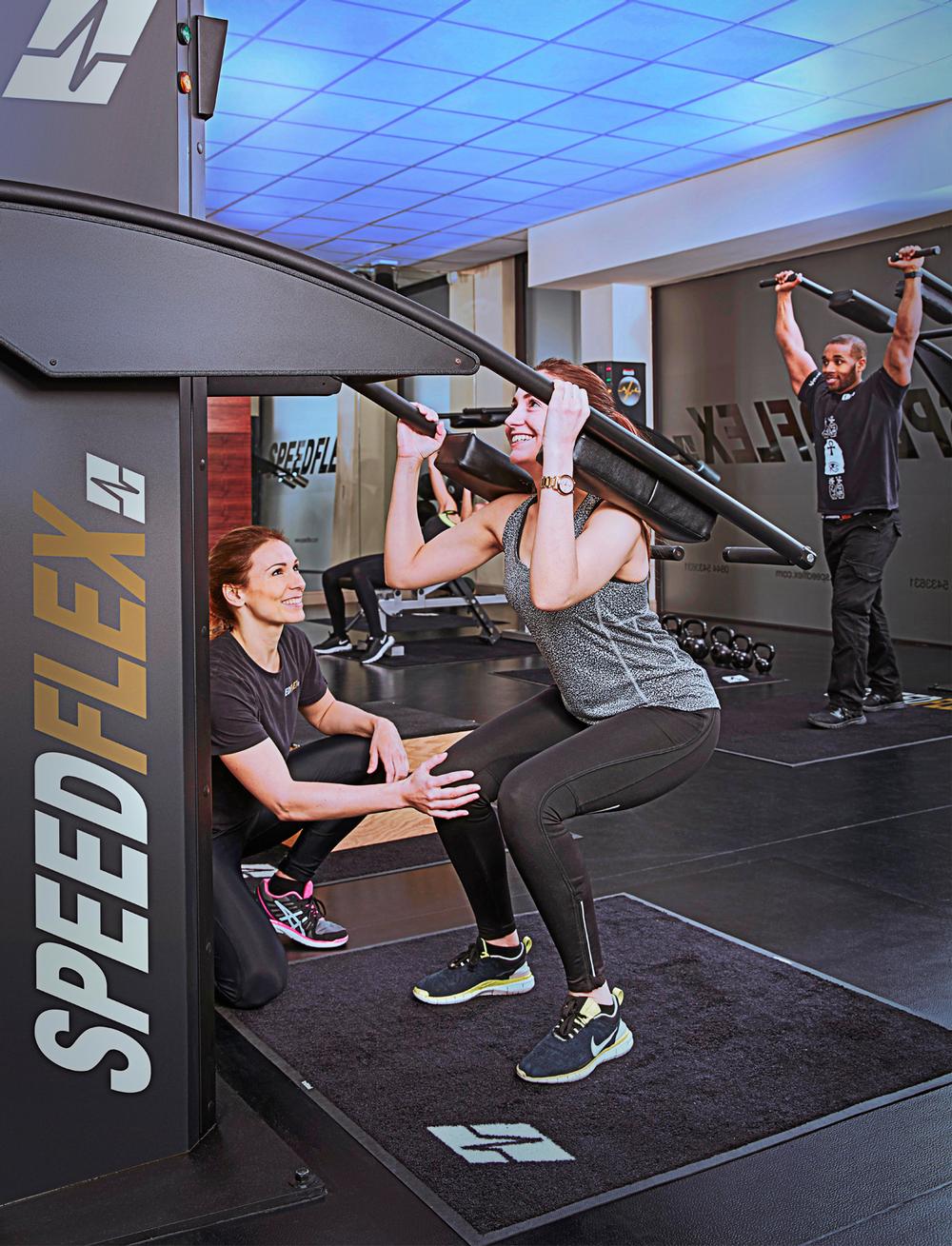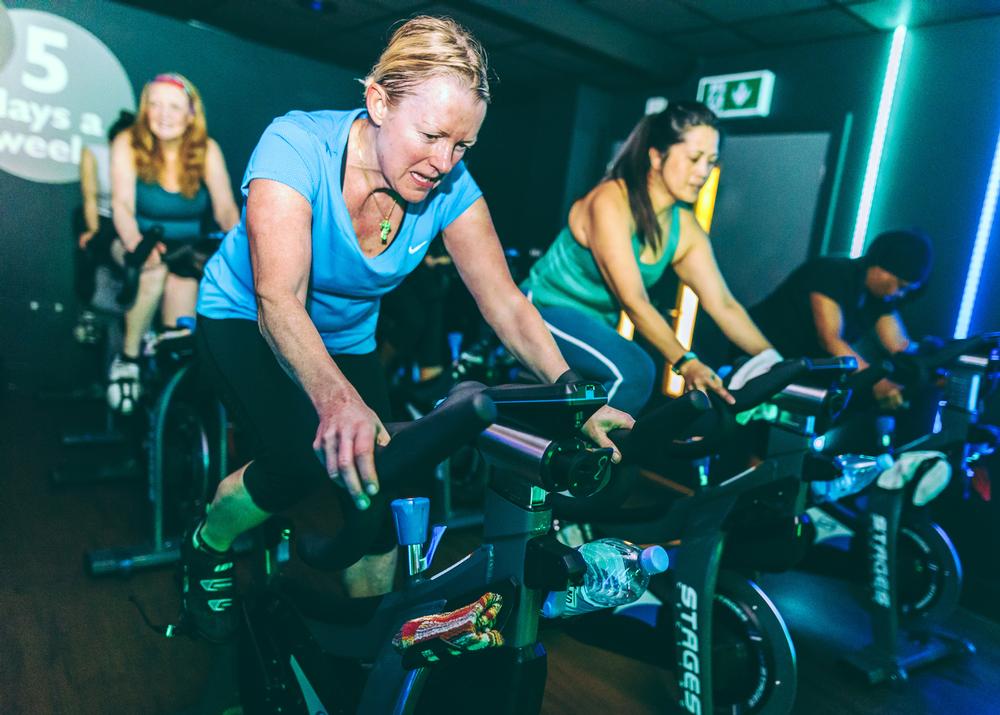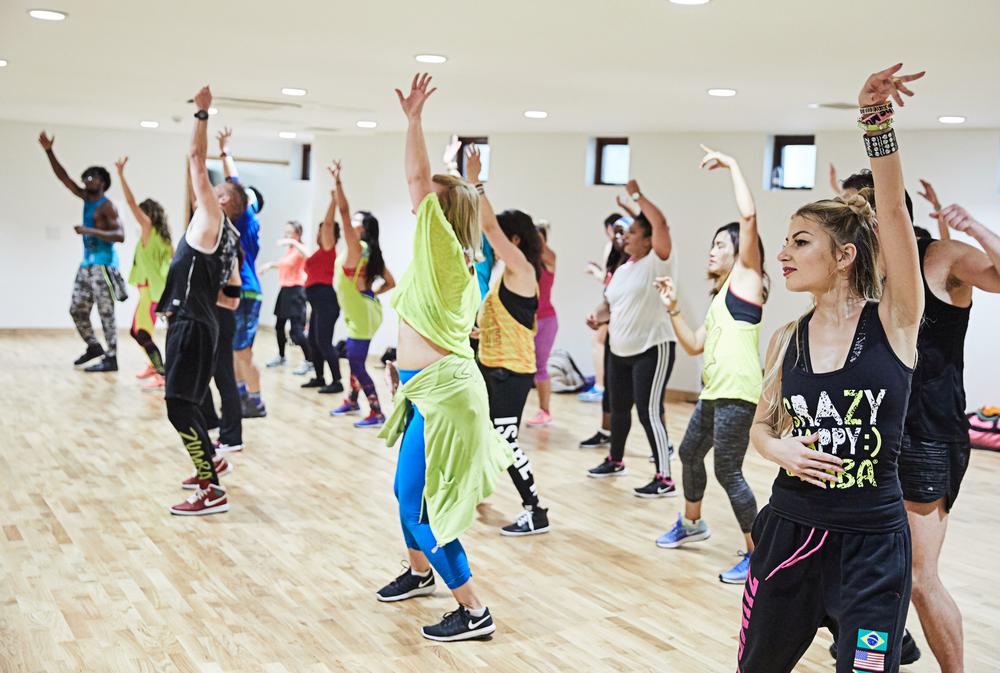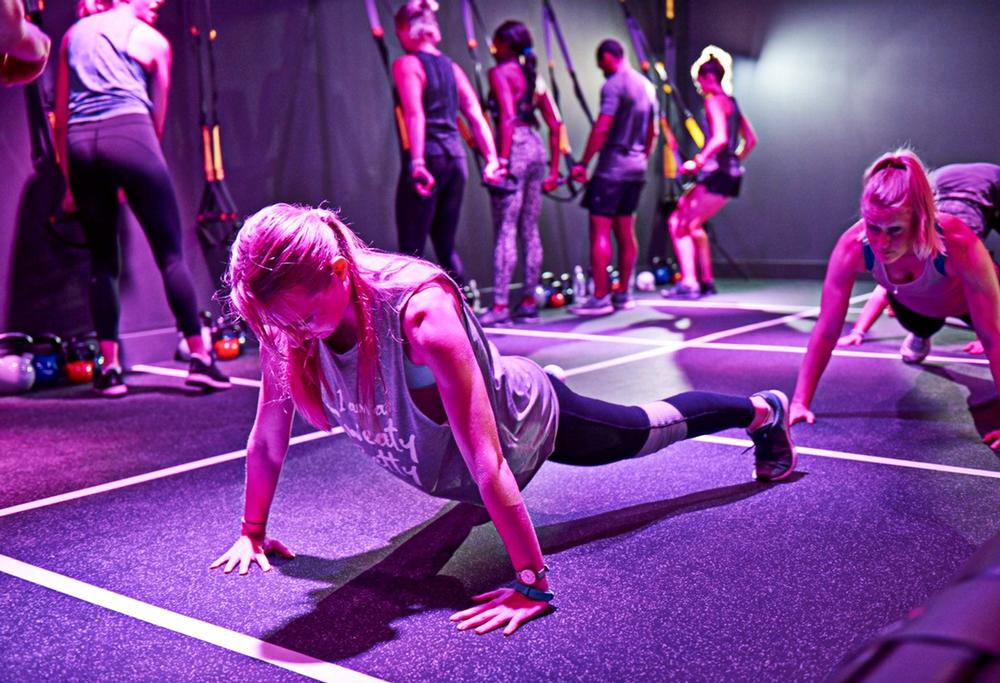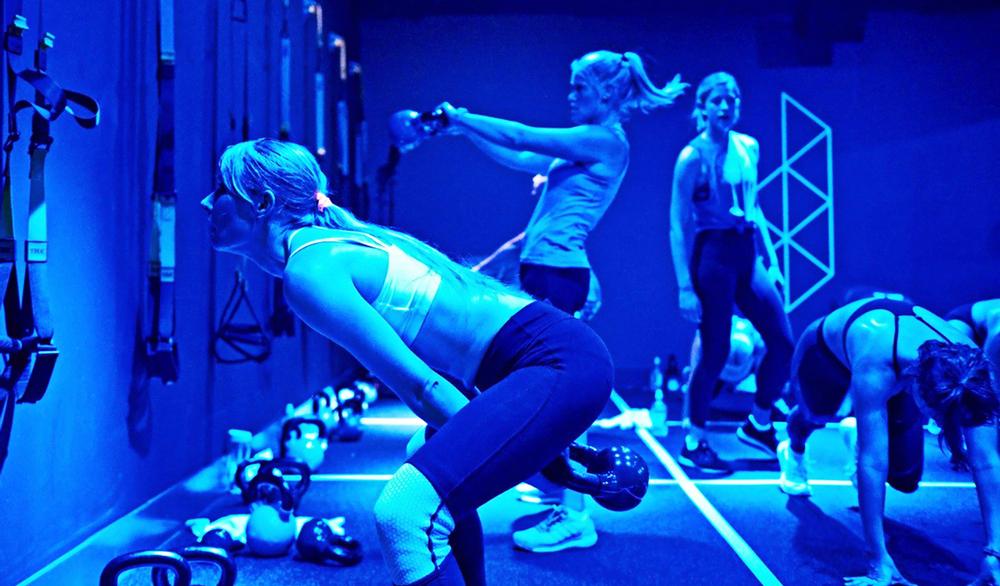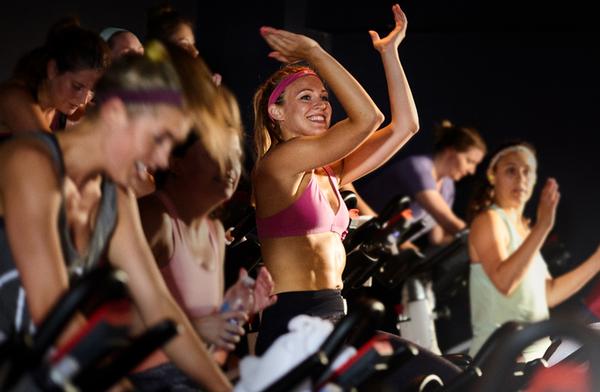The Pros: Better Customer Engagement and Retention
Despite the relative newness of group exercise tracking, there are undeniable benefits for members and operators, with member engagement one of the most widely cited.
Speedflex, a boutique operator offering high intensity circuit training combined with proprietary resistance training machines, says there are benefits to tracking member effort. “Tracking is an integral part of the Speedflex offering,” says COO, Ben Steadman. “We offer instant feedback to members through our partnership with MYZONE and improvements validate continued spend on membership, while providing a social element in sessions, as participants view each other’s stats and compete.”
Steadman says tracking also provides operators with data that can be used to constantly improve their offering.
“The cornerstone of the boutique gym is personal service and tracking allows operators to build a personal relationship with every member through key data.”
Many operators say performance tracking and proof of progress keeps people coming back. Steadman agrees. He says that tracking is a good retention tool, as it provides members with feedback so they can see their progress, which helps keep them engaged. “Far too often members end up leaving a gym because they’re not seeing results.”
The challenges
However, Rob Beale, fitness industry consultant to The Third Space, says tracking is better suited to some classes than others. He says: “While it’s not appropriate for dance or mind body classes, it's well suited to group cycling and HIIT classes. As HIIT is heart-rate based, monitoring heart rate is the only way you can know if members are performing a HIIT protocol."
Dan Little, head of fitness at Digme believes the industry is lagging behind when it comes to incorporating technology. At Digme, the ride studio is equipped with Spivi technology, which measures the fundamentals you’d see in real-life cycling, such as power, speed, heart-rate and distance. However, Digme’s HIIT classes – called Matrix – don’t have the same features. “It’s important we’re constantly evaluating what we offer,” says Little. “We need to figure out what the equivalent metric is for HIIT. For example, we could introduce leader boards connected to kettle bells that are equipped with technology to track how many times they’re swung, but the tech to track this type of thing is still too new.”
However, Little says tracking can help retention as “the data does keep lots of people coming back, because it gets addictive trying to beat your score every time.”
Sam Theyers, global trend expert and managing director of Core9, the Australian licensed boutique studio group, agrees current group exercise tracking systems have room for improvement: “Tracking is being used as a USP to encourage people to join a gym, but I don’t see the data being used as well as it could be,” he says. “Members like the novelty of receiving a post-workout email containing their workout data but do they do anything with the information?”
Accuracy may also be an issue, says Theyers: “Although it helps members train more efficiently by getting them into the right zone, there’s a school of thought that says heart rate tracking using averages isn’t accurate.”
More Evidence Needed
Theyers believes more research is needed before the industry can claim that tracking has a direct correlation to retention. “We hear a lot about tracking being the holy grail of member retention and community building,” he says. “But we’re not yet seeing robust research backing this up.” Beale has a similar view and says the debate around tracking is similar to the PT debate around retention. “It’s hard to know if it’s the tracking that retains the member, or if the sort of member who gravitates towards tracking is typically more engaged and therefore likely to stay.”
Overall, Beale says adding tracking is a positive thing for both members and operators. “My overall opinion is that it doesn’t do any harm, and providing motivation and encouragement in another form is a positive.”
Cons: Competition, Confusion, Cost
While adding various forms of fitness tracking can be an exciting proposition, there are also reasons operators shy away from the technology. Hilary Rowland, co-founder of Boom Cycle alongside husband Robert Rowland (see HCM August, p44), doesn’t have fitness tracking in her studios. “Our goal is to provide an escape for our riders,” she says. “We don’t want them to feel stressed about competing. Our goal is to allow them to move, and to feel and to be.”
When it comes to retention, she says Boom Cycle riders don’t need to see numbers or measurements to know they’re making progress. “It’s about how they feel, and they feel stronger and happier in every aspect after regularly attending our classes. You don’t need a piece of paper to tell you how you’re feeling.”
A fear of “coming in last” is also a frequent comment from new or hesitant members attending a class with tracking. “We want people to feel good about themselves regardless of their ability,” says Rowland. “Therefore, we have purposely removed any element of competition that could be created through tracking.”
Confusion is another reason some operators are hesitant when it comes to incorporating fitness tracking systems, as some members don’t understand how to train in heart rate zones or what the data means. Operators using these tools agree that having knowledgeable instructors who can explain what the numbers mean is key to avoiding misunderstanding.
Cost is another potential deterrent: “We’re mainly seeing tracking being used in boutiques and I suspect this is because – as a bolt on service – the cost is high,” says Theyers. “Most tracking products tend to follow a licensed model, which means there's an additional cost for the health and fitness operator.”
However, Beale believes the major hurdle to implementing tracking for multi-site operators is logistics. “There’s a lot to consider around using equipment and getting data to members. Major operators are all looking for an all-in-one experience where everything is driven through one cloud platform, and that’s hard to achieve,” he says. “I think a lot of operators are over thinking tracking and it’s holding them back.”
Finding the Middle Ground
Many operators have opted for a middle ground solution, offering a variety of classes on the timetable.
To cater to a broader demographic and avoid alienating data-averse members, operators like Everyone Active have adopted a hybrid approach, offering both music-focused and data focused classes. “At Everyone Active, we only monitor people during our Stages indoor cycling classes,” says Angela Ioannou, area fitness manager at Everyone Active.
“We track members' output and at the end of each class, they receive an email that gives them the full breakdown of how they’ve performed.”
However, in other group exercise classes, the focus is on the experience. “Because we work with local authorities, for us it’s about ensuring our classes are as inclusive as possible. It’s more important that members are taking part and having fun, rather than constantly being monitored, as this can be off-putting for some,” she says.
In addition to the Stages indoor cycling classes, which are currently being trialled across some of Everyone Active’s London facilities, members are offered the opportunity to track their progress independently using the website.
“When members log in, they’re able to track their activity both in and outside the centre, linking up to any other fitness tracking devices that they use. This puts the power into the member’s hands, allowing them to use tracking only if they want to,” says Ioannou.
Similarly, Digme offers three options for members: 'Beat', a class with no tracking or data, 'Performance', a class that tracks all functional performance, and 'Ride', which has the best of both. “Ride classes always have great music, but there’s an element of using data too,” says Little.
Experience Prevails
While there is some evidence to suggest that fitness tracking can be a major benefit, many operators consider tracking to be one element of the whole experience. It's not just the music, the instructors, the workout or the motivation to try to better your score that keeps people coming back for more, it’s the combination of them all.








